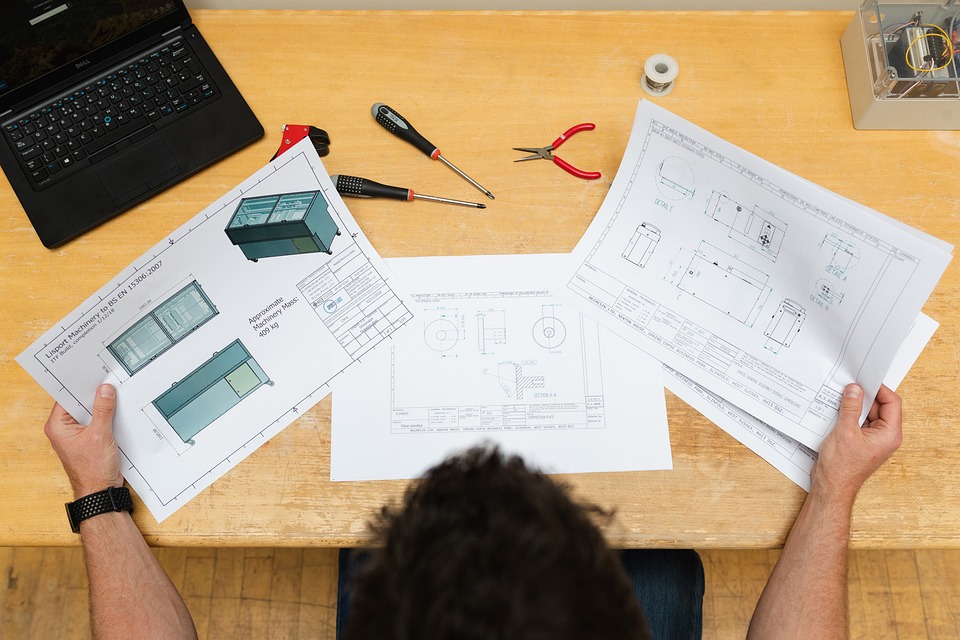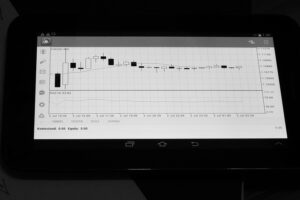Visualizing Digestion: How Diagrams Illuminate Your Body’s Process
Introduction
Digestion is one of the most intricate processes our bodies perform. It’s not merely the breakdown of food; it involves a series of complex biochemical reactions and physiological steps that transform what we consume into the energy and nutrients essential for survival. Understanding this process is crucial for overall health. Diagrams, with their ability to simplify complex information, offer invaluable insights into how digestion works.
In this article, we will explore the anatomy and physiology of the digestive system, the stages of digestion, and how visual aids can enhance understanding. We will also delve into the importance of nutrition, the consequences of digestive disorders, and how to use diagrams as educational tools.
1. Anatomy of the Digestive System
The human digestive system comprises several organs that work harmoniously to break down food. The journey begins in the mouth and ends in the rectum, involving organs such as the esophagus, stomach, small intestine, large intestine, and accessory organs like the liver and pancreas. Visual aids can map this intricate network effectively.
1.1 The Mouth
The digestive process begins in the mouth, where food is mechanically broken down by chewing. Saliva, produced by salivary glands, contains enzymes that initiate carbohydrate digestion. Diagrams of the mouth can illustrate the roles of teeth, tongue, and glands.
1.2 The Esophagus
The esophagus is a muscular tube that connects the throat to the stomach. A diagram here can show the peristaltic movements that push food downward, along with the sphincters that prevent backflow.
1.3 The Stomach
The stomach is a muscular sac where food is mixed with gastric juices, further breaking it down into a semi-liquid substance called chyme. Visuals can depict the various stomach regions, the action of gastric acid, and the unique environment within the stomach.
1.4 The Small Intestine
Comprising three sections—duodenum, jejunum, and ileum—the small intestine is the primary site for nutrient absorption. Diagrams can highlight the villi and microvilli that increase surface area for better absorption.
1.5 The Large Intestine
In the large intestine, water and electrolytes are reabsorbed, and waste is prepared for expulsion. Diagrams can illustrate the sections of the large intestine and the functions of the microbiome within it.
1.6 Accessory Organs
The liver, pancreas, and gallbladder play crucial roles in digestion by producing bile and digestive enzymes. Diagrams can highlight how these organs interact with the digestive tract.
2. Stages of Digestion
Digestion occurs in several stages, each requiring a specific set of actions and chemical reactions. Using diagrams to illustrate each stage provides clarity.
2.1 Ingestion
Ingestion is the intake of food into the mouth. Diagrams can show the various behaviors of eating, along with the initiation of the digestive process through salivary release.
2.2 Propulsion
Propulsion involves the movement of food through the digestive tract. Diagrams can break down the mechanics of swallowing and peristalsis.
2.3 Mechanical Digestion
Mechanical digestion further breaks down food into smaller pieces. Visual aids can depict the chewing process and the churning action in the stomach.
2.4 Chemical Digestion
Chemical digestion involves enzymatic activity breaking down complex molecules. Diagrams can show the types of enzymes involved and their specific substrates, clarifying their roles in digestion.
2.5 Absorption
Absorption is a critical phase where nutrients enter the bloodstream. Using visuals, we can explore how different nutrients are absorbed in various sections of the intestine.
2.6 Defecation
The final stage, defecation, involves the expulsion of indigestible substances. Diagrams can illustrate the anatomy of the rectum and the anal sphincters involved in this process.
3. The Importance of Nutrition
Understanding how digestion works can lead to better nutritional choices. Diagrams that categorize food into macronutrients—carbohydrates, proteins, and fats—help emphasize the importance of a balanced diet.
3.1 Macronutrients
Each macronutrient plays a unique role in the body. Visual aids can show their functions and the recommended daily allowances to help guide dietary choices.
3.2 Micronutrients
Vitamins and minerals, though required in smaller quantities, are vital for health. Diagrams can illustrate sources and functions, underscoring their necessity in the diet.
4. Digestive Disorders
A comprehensive understanding of digestion is not only beneficial for health but also crucial for recognizing disorders. Diagrams that highlight common digestive disorders can assist in awareness.
4.1 Gastroesophageal Reflux Disease (GERD)
GERD occurs when stomach acid flows back into the esophagus. Diagrams can illustrate the anatomy involved, showing how the lower esophageal sphincter fails.
4.2 Irritable Bowel Syndrome (IBS)
IBS is characterized by abdominal discomfort and altered bowel habits. Visuals can depict the digestive tract’s functioning in those with IBS, differentiating it from healthy processes.
4.3 Celiac Disease
Celiac Disease affects nutrient absorption due to intolerances to gluten. Diagrams can show the damage to villi in the small intestine.
4.4 Other Disorders
Many other conditions, such as Crohn’s disease and ulcerative colitis, can also be illustrated through effective diagrams that clarify their impact and the digestive system’s response.
5. Diagrams as Educational Tools
Diagrams serve as powerful educational tools in both academic and personal contexts. By simplifying complex information, they enhance learning and retention.
5.1 For Students
In a classroom setting, anatomy and physiology diagrams can aid medical students and nutritionists in understanding digestion more effectively. Visual aids reinforce theoretical knowledge.
5.2 For Patients
For patients, diagrams can demystify medical conditions. Health practitioners can use visual tools to explain diagnoses, treatment options, and the importance of dietary changes.
5.3 For General Awareness
Informational posters and online resources can increase general awareness about digestion. Engaging visuals can attract attention and enhance public health campaigns.
Conclusion
The process of digestion is a remarkable journey that transforms food into the essential nutrients our bodies need to thrive. By using diagrams, we can break down this complex process into understandable parts. From the anatomy of the digestive system to the various stages of digestion, visual aids illuminate how our bodies function.
As we continue to learn and explore the intricacies of digestion, we emphasize the importance of making informed dietary choices and recognizing potential disorders. Understanding how digestion works not only enhances our awareness of our health but also empowers us to make choices that contribute to our well-being.
Whether for educational purposes, patient care, or personal knowledge, diagrams serve as indispensable tools in visualizing digestion. As science and technology evolve, so too will our methods for understanding the miracles of the human body.
References
- J. Smith, The Human Digestive System: An Overview (New York: Health Press, 2020).
- R. Brown, Nutrition and Your Health (Los Angeles: Wellness Books, 2019).
- L. Green, "Understanding Digestive Disorders", Journal of Gastroenterology (2022).
- T. White, "The Role of Diagrams in Medical Education", Medical Education Today (2021).
This article summarizes a complex process visually and textually, enhancing understanding and awareness of the digestive system and its significance in human health.


























Add Comment